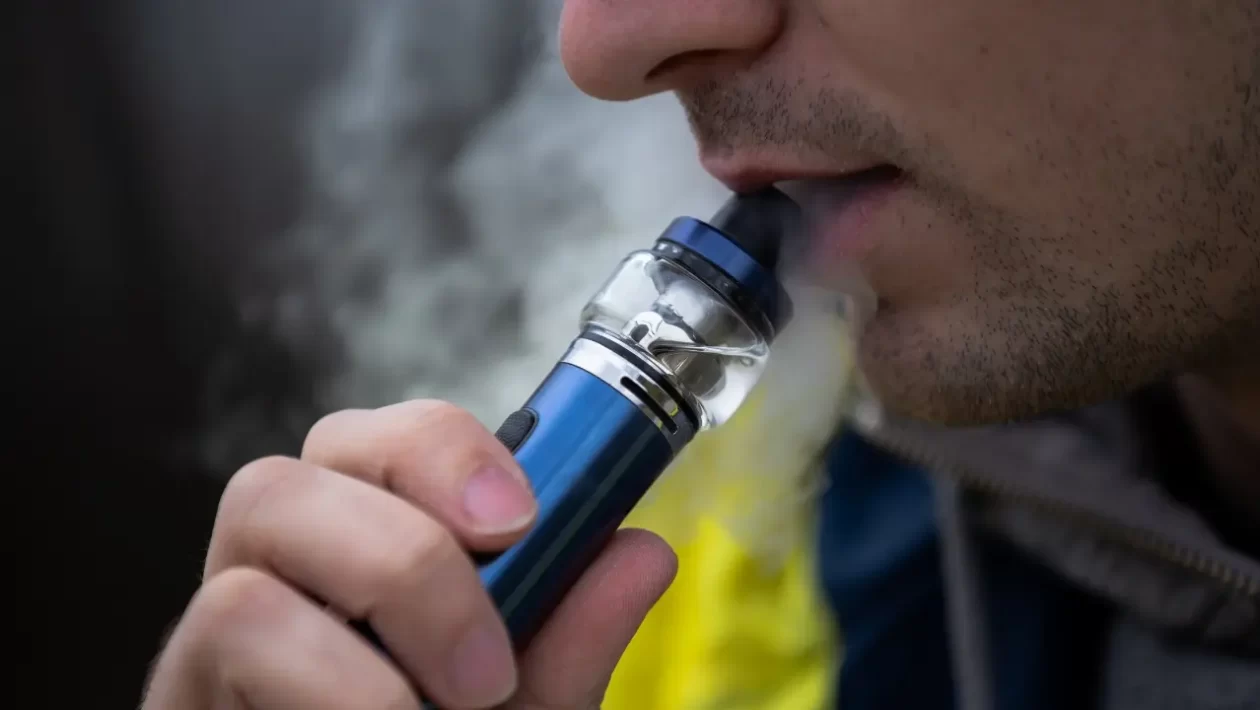Have you found yourself caught up in the trend of vaping? With its alluring flavors and sleek devices, it’s easy to be enticed by this modern phenomenon. But have you ever stopped to question the potential harm it may pose to your health? In this article, we will dive into the realities of vaping and shed light on the dangers often overlooked. It’s time to take a closer look at the truth behind vaping and understand the risks it carries. So, if you’re a vaper or considering vaping, this is an essential read that could change your perspective and protect your well-being.
Myth 1: Vaping is Harmless:
One of the most widespread misconceptions about vaping is that it is completely harmless. Contrary to popular belief, vaping is not without risks. E-cigarette aerosol contains harmful substances such as nicotine, heavy metals, and volatile organic compounds, which can have detrimental effects on our health. Nicotine addiction, respiratory issues, and cardiovascular problems are just some of the potential consequences of regular vaping.
Myth 2: Vaping Helps Quit Smoking:
While vaping is often marketed as a smoking cessation aid, it is important to recognize that it is not an FDA-approved method for quitting smoking. Research regarding the effectiveness of vaping as a smoking cessation tool is limited and inconclusive. Quitting smoking altogether remains the most effective approach to improving one’s health.
Myth 3: Vaping is Odorless:
Many people believe that vaping does not produce any noticeable smell. However, the truth is that vaping can indeed leave behind a distinct scent. Although the aroma may be more pleasant than that of traditional tobacco smoke, it can still be noticeable and bothersome to others. Additionally, the sweet tastes often used in vaping liquids can leave an unpleasant aftertaste.
Myth 4: Passive Vapour is Harmless:
Another commonly held misconception is that passive vapor is harmless. While it is true that passive exposure to vaping aerosol may be less harmful than the smoke from traditional cigarettes, it is not entirely benign. The aerosol can contain nicotine and other potentially harmful substances, which non-vapers can inhale. Certain studies suggest that passive exposure to vaping aerosol may contribute to respiratory and cardiovascular issues.
Myth 5: Vaping is Safe for Youth:
There is a concerning belief among some individuals that vaping is a safe activity for young people. This misconception is particularly alarming as it can lead to an increase in youth vaping rates. The reality is that the adolescent brain is still developing, and exposure to nicotine during this critical period can have long-lasting effects on cognitive function and increase the likelihood of future nicotine addiction.
Conclusion:
As vaping continues to capture public attention, it is essential to separate myths from facts. Vaping is not without risks, and misconceptions can lead to misguided beliefs and behaviors. Understanding the potential harms associated with vaping is crucial for making informed choices about our health and the well-being of those around us. By debunking these myths, we can foster a more accurate and realistic perception of vaping and its potential consequences. Remember, knowledge is the key to making educated decisions and safeguarding our health in an ever-evolving landscape of smoking alternatives.




